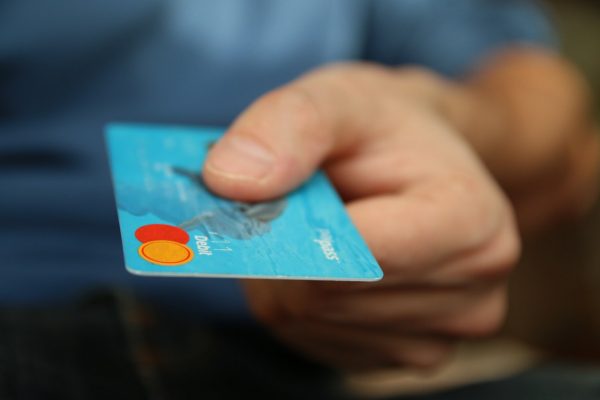The Ultimate App Development Checklist
For anyone thinking of taking the plunge and developing an app for themselves, it can be a roadway to your career success or heartache. App development can be a long process and feel like more effort than it’s worth, but if you follow the right steps then it can be much easier than you anticipate. Simply follow the following checklist:
1) Identify Your Audience
Creating an app for the sake of creating an app can be a huge mistake. After all, what if there isn’t an audience for the app you decide to create? It means a loss of time, effort and even money on your part. So, thorough research is essential before making any decisions.
Who is your audience? What are their needs? How can you design an app to match these needs? These are the questions you need to ask first and foremost. Then, move on to market research to ensure you don’t create the same thing everybody else has.
2) Pricing
Making a decision upfront on how much you are willing to funnel into your app project is integral. Realising much later that it will be more costly than it’s worth, for example, can be a disheartening discovery. So, price your app from day one and set aside a budget to make it happen.
3) Decide on a Platform
Android or iOS? The most pressing question that your app project will have to answer. Work out early what your goals are, which platform your audience tends to use the most and this decision should become clear fairly quickly. Or choose to create a cross-platform mobile app, more costly but removes the need to choose between audiences.
4) Follow Design Principles
When designing an app, you need to remember that you are making it for a human and so make it as user-friendly as possible. UX should always take precedent before code – something to keep in mind!
5) Coding Standards
Ensure your project has a consistent coding style across the app. Having such a standard makes for a better end product, is easier to change or update down the line and is just good practice when it comes to development.
6) Upgrade-Ready
Updates are part and parcel of the modern app, so planning for eventual updates is essential. Especially as Apple actively removes apps from their marketplace if you do not upgrade on a regular basis.
7) Implement Effective Security
If user data is going to be collected via your app then security is a priority for your development. Users want to feel safe, so you need to employ all best practices to ensure no breaches occur due to sloppy coding. There are inbuilt security features in the Android and iOS platforms, but adding some of your own is a good way to ensure complete safety.
8) Gain Feedback
Feedback can make or break your app. Offer your app to a core test group and take note of the positive and negative things they may have to say about your app. Where possible, make use of their feedback and improve your app.
9) In-App Purchases
Good practice to ensure that your app makes money – as revenue made from paying to download an app has decreased significantly – is to have in app purchases. It is a model that has proven to be very successful in the app marketplace of 2017. Provide a free app, then offer features that are worth additional purchases.
Note: if your app supports an existing product, then offering it free to customers may be a good-will gesture that offers more conversions than also monetizing the app.
10) Final Prep
So, your app is almost ready to face its audience. All that remains are final checks and your seal of approval. Take the time to check for last-minute glitches, you could save yourself from dissatisfied customers by doing so!
If you plan to launch your app worldwide, you should also be prepared to develop your app with localisation in mind. This means changing the language depending on location, etc. If this isn’t in the works for the initial launch, then plan for it in an update later down the line to make your app as accessible to everyone as possible.
An app can be a great thing, that truly adds to someone’s mobile experience so long as you follow these ten key elements of an app development checklist. The more you plan, develop and keep your user in mind, the better your app will be received.
Author Bio:
Zack Halliwell is a freelance writer of topics that vary from app development to career advice. Find him @ZackHalliwell on Twitter.


















